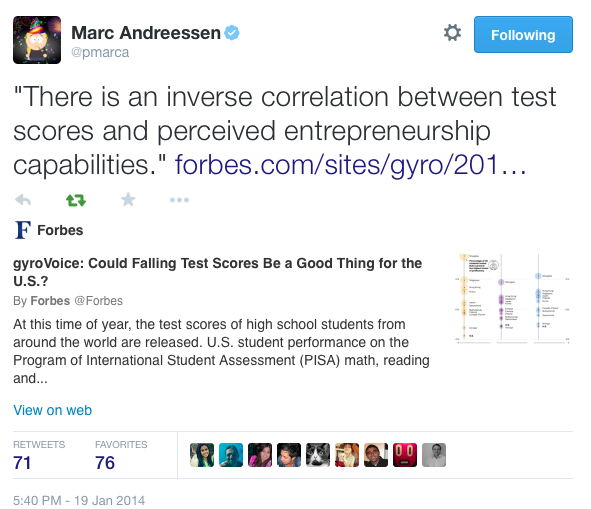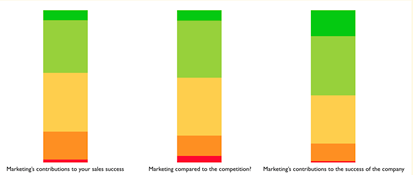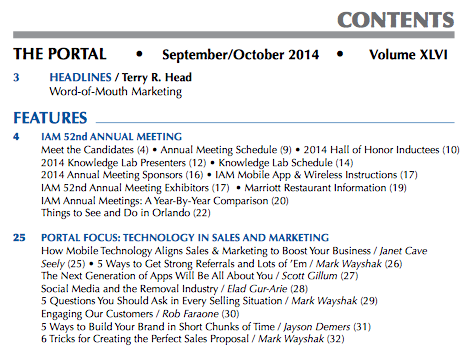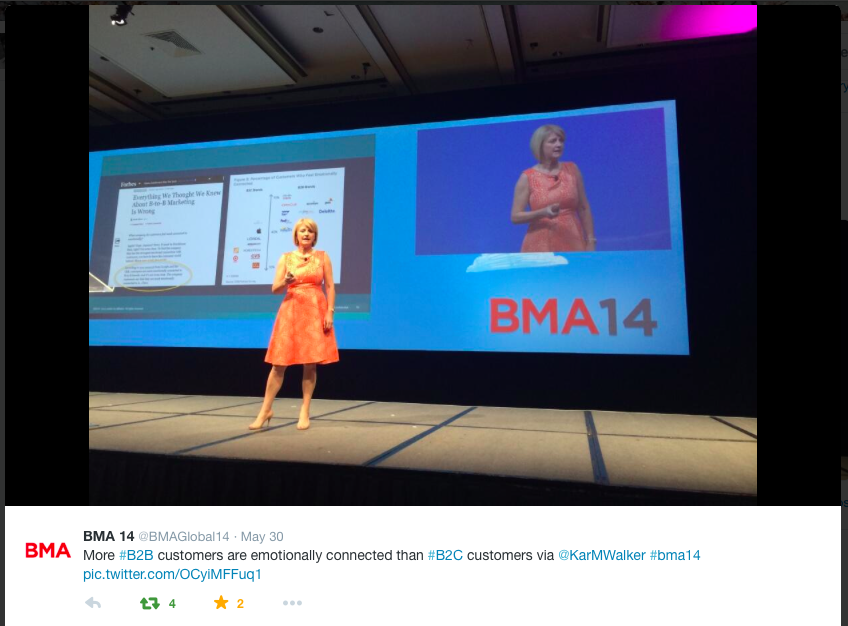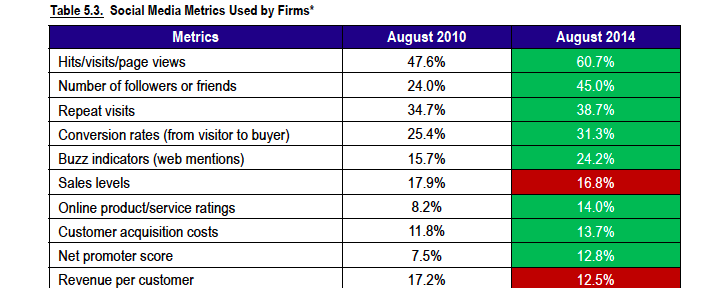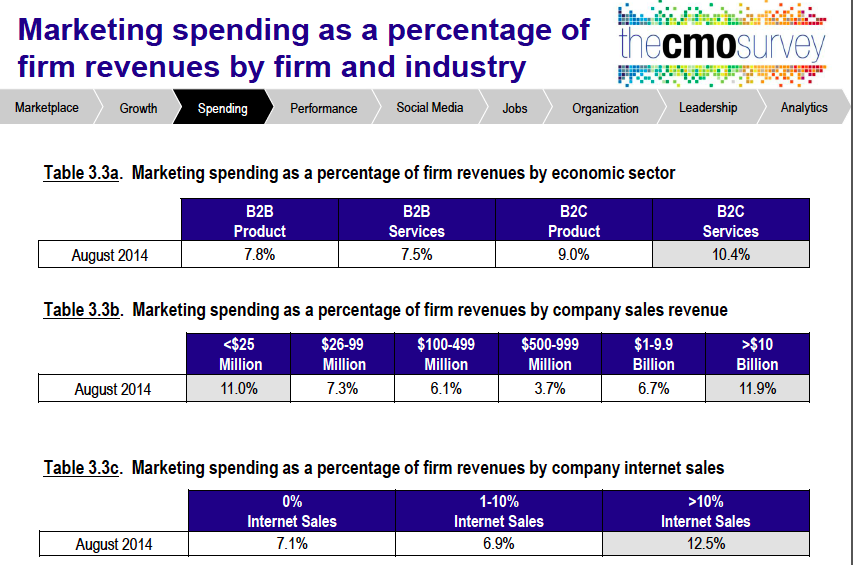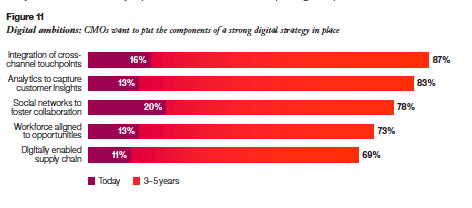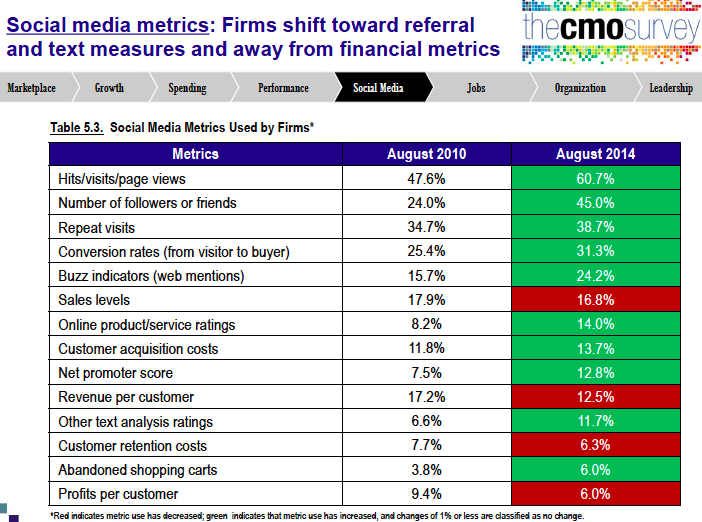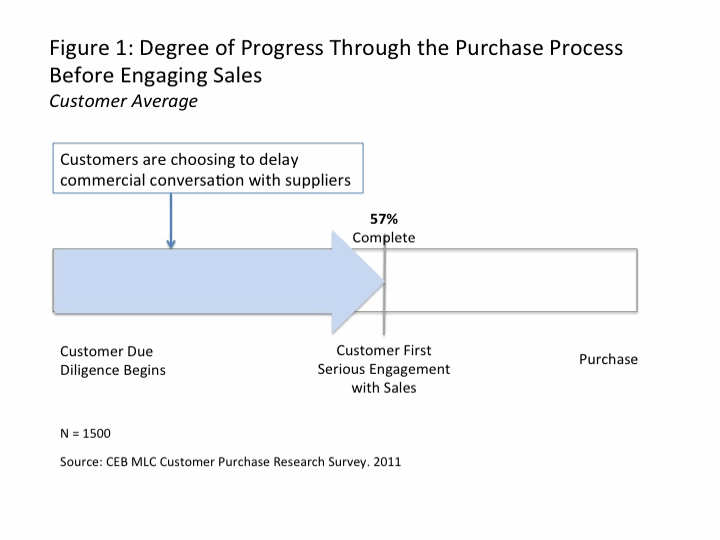 There is a grocery store a few miles from my house. It’s small and older, at least thirty years in its current location. Usually, the shelves are poorly stocked with a limited selection compared to the newer stores surrounding it. Despite these facts, the store manages to stay in business which is somewhat hard to comprehend given the cut throat, low margin nature of the industry. It survives because it has a secret weapon.
There is a grocery store a few miles from my house. It’s small and older, at least thirty years in its current location. Usually, the shelves are poorly stocked with a limited selection compared to the newer stores surrounding it. Despite these facts, the store manages to stay in business which is somewhat hard to comprehend given the cut throat, low margin nature of the industry. It survives because it has a secret weapon.
His name is Andres. He’s a cashier and has been at the store for twenty plus years. Andres speaks five languages and knows most of the customers by name, typically, greeting them in their native language. He knows where everything is, or isn’t, and if it’s not there he knows when it will arrive. He is the store.
While some customers, like my wife, frequent the store because it’s convenient, and quick, as long as the item is on the shelve. The majority of the customers go because of Andres. The store is in an affluent international neighborhood with many retirees. These core customers have time to shop and chat with Andres. For them, a trip to the store is an experience, not an errand. I haven’t seen the numbers, but I would guess that the revenue per square foot is why it survives.
The interesting thing, having worked with B2B companies for the past twenty years, is that many of my past clients also have an “Andres.” His, or her name may be different, but their role inside their organizations are not unlike Andres. They know the customers, how to get things done, where the “dead bodies” are buried, and how to navigate the complexity of the organization. They are the company.
As organizations rapidly move to “digitalization” and look for AI to play a larger role in customer interactions, they need to consider the importance of these essential employees. Like the grocery store, there are customers who may be highly profitable that aren’t doing business with your company because it’s convenient or fast. They are and have been customers, because of the experience. And a good portion of that experience is shaped by the “Andres” of the organization.
As other grocery stores move quickly to eliminate cashiers, Andres’s store has no self-checkout or online store pickup. Management seems to recognize the importance of the shopping experience, which seems to make up for the lack of selection and inventory. As your organization moves toward the future, does the management team fully understand that not all customers are the same, or want the same things. They may also speak separate languages and while self-service may work well for some, others want the full experience, which may include a personal conversation with their “Andres.”


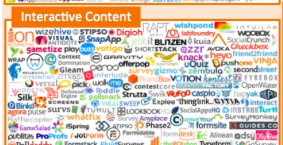
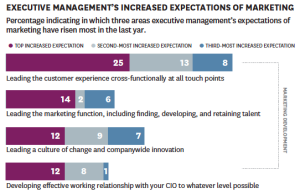
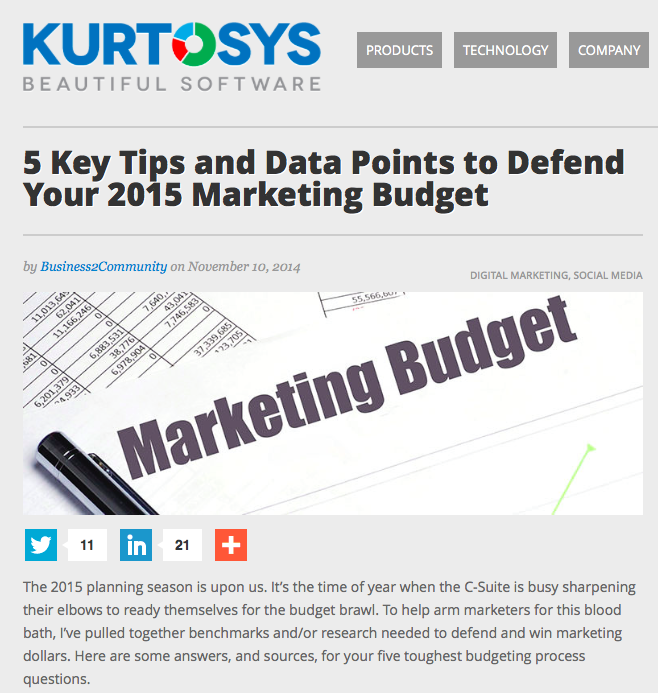 ta Points to Defend You 2015 Marketing Budget
ta Points to Defend You 2015 Marketing Budget